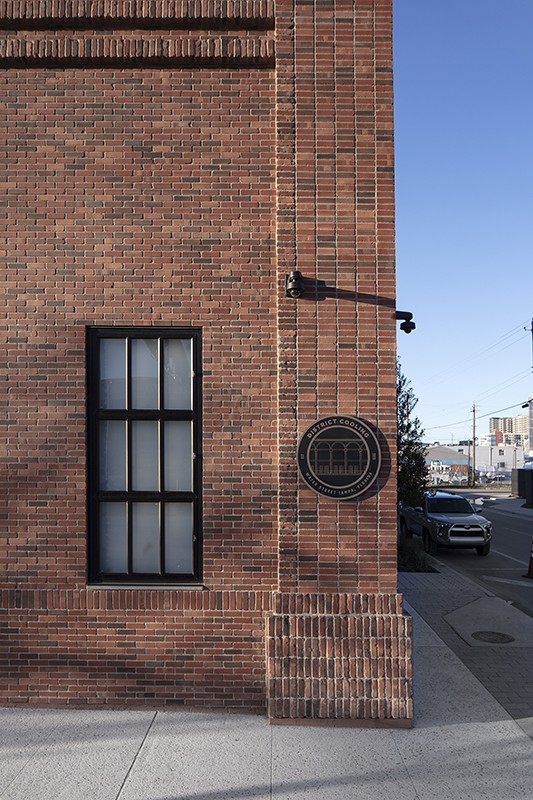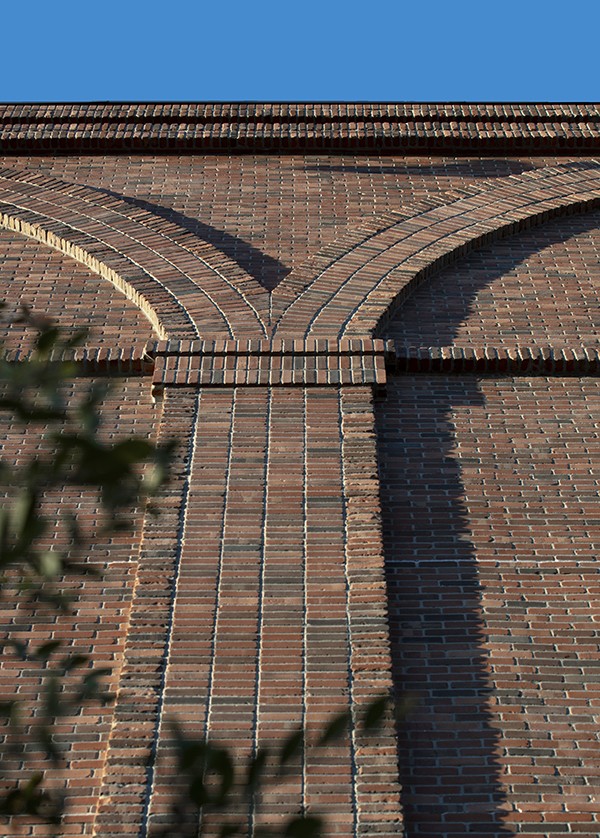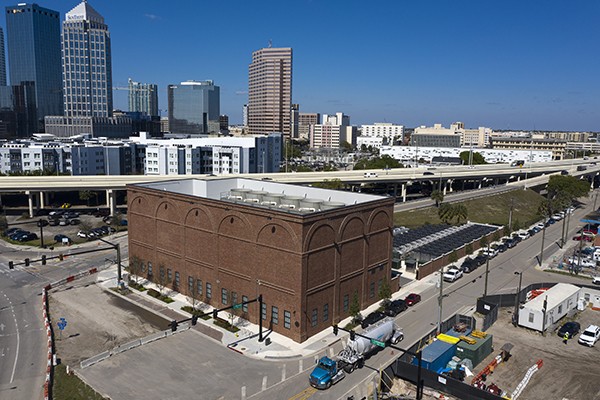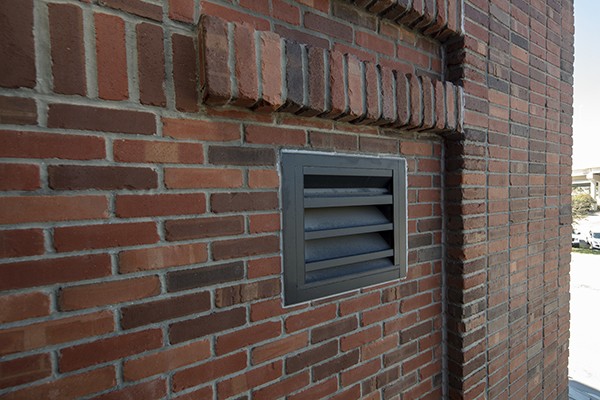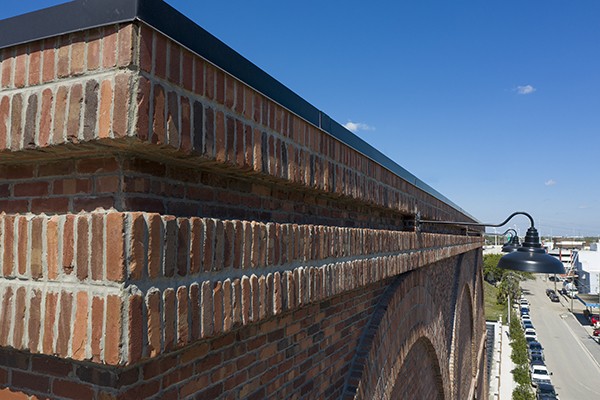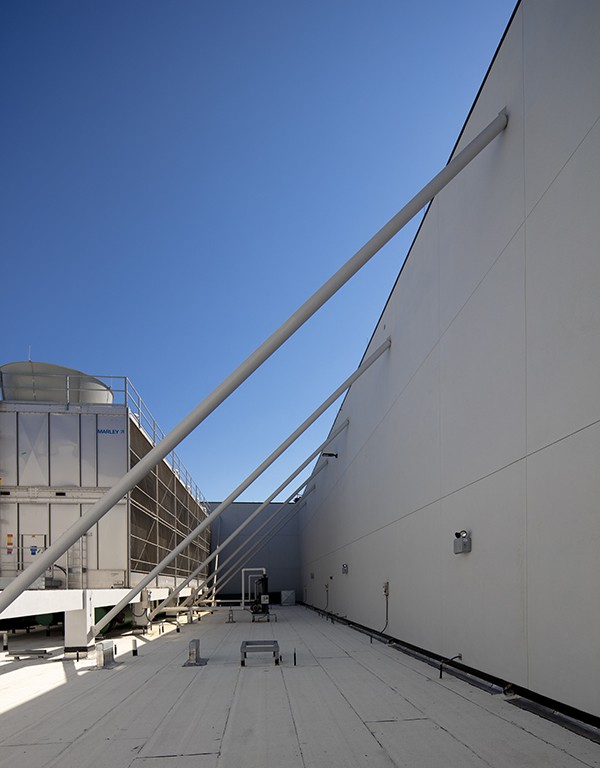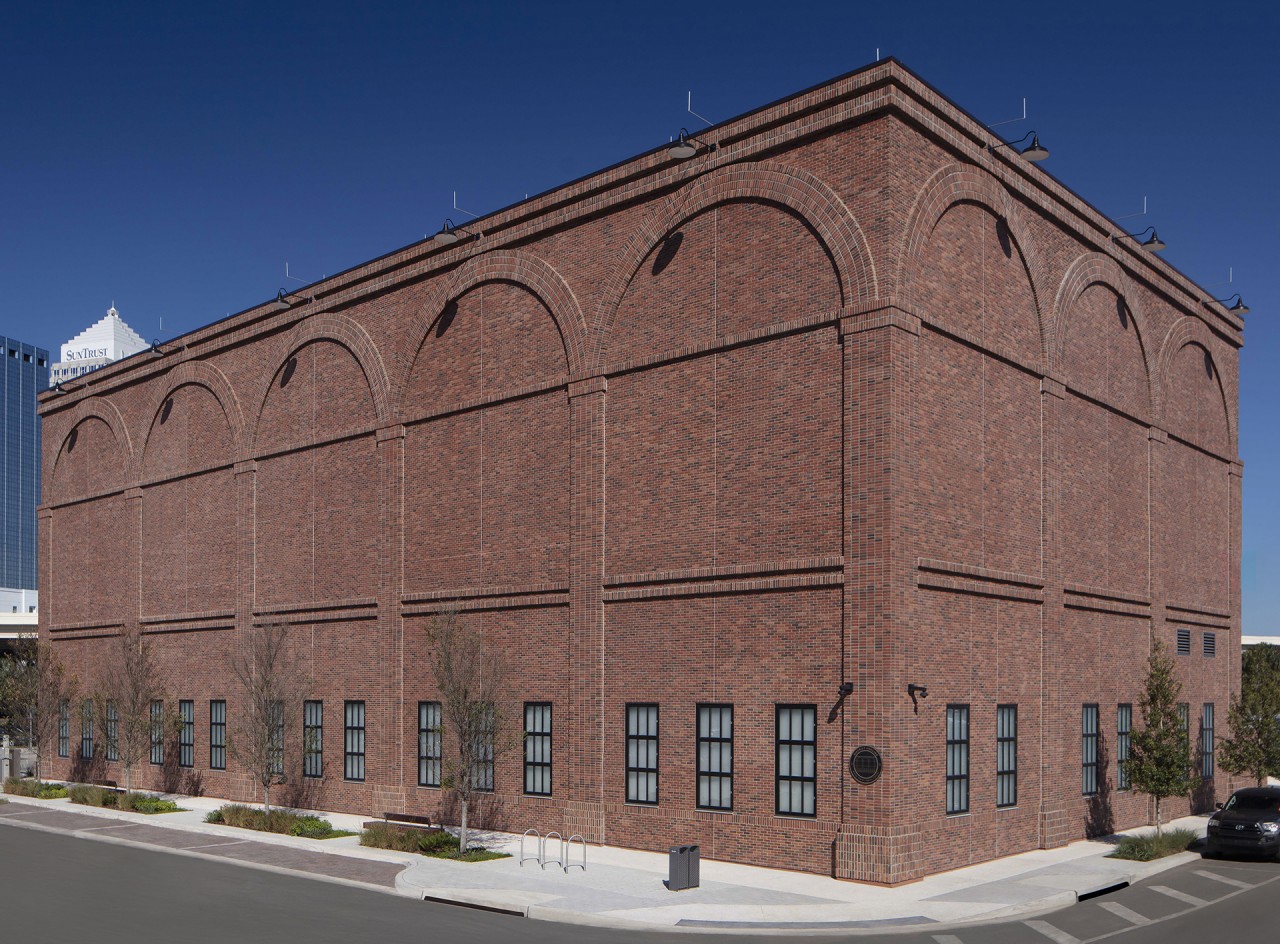By accepting you will be accessing a service provided by a third-party external to https://marionceramics.com/
Bringing the old into a brand-new modern development
We chose the name Ybor City to pay homage to this historic city and its rich history. Ybor City in Tampa, FL, once the "Cigar Capital of the World", is still a vibrant and bustling city today. The colors were selected to reflect the rich brown hues of the Cuban tobacco leaves when dried, the deep red and orange colors of the Tampa sunset, and the old world charm of Ybor City itself.
The following quote from the below article in the August, 2021 edition of TileLetter sums it up well. "The new building's brick veneer and historical context would emulate and reflect the heritage of the cigar factory and the immigrants who have shaped Tampa into what it is today."Located on Florida's Gulf Coast, the City of Tampa is known as a major business hub and tourist attraction that boasts many well-known amusement parks and museums, as well as having the largest bay port in the state. However, this wasn't always what Tampa was known for. Dating back to the late 1800s, Tampa was nicknamed the "Cigar City" as Cuban and Spanish immigrants moved in and began a prosperous cigar manufacturing community known as the iconic Ybor City.
Over the years, Tampa has gained a spot among the top largest cities in Florida as visitors turn into residents and companies relocate to the burgeoning town, boosting demand for housing, entertainment, restaurants and shopping. In 2016, plans for a new 56-acre mixed-use development – Water Street Tampa – came underway. Situated east of downtown, the community would be one of the largest urban real estate developments in the nation. This brand-new, high-profile neighborhood would unite Tampa's central business district with the waterfront and neighboring communities.
In an effort to transform the city in a thoughtful and sustainable way, Water Street Tampa unveiled plans to build an innovative district cooling facility amidst the new mixed-use development. The centralized building would reduce redundant mechanical systems and energy consumption. It also would free up the rooftop space often occupied by individual cooling towers to make available space for more amenities or businesses.
Creative Contractors' Jason Woods, Baker Barrios Architects' David Del Tosto, and Trane air-conditioning company worked together to create an intelligently-designed cooling plant that would significantly improve the neighborhood's infrastructure and promote sustainability. After more than six design iterations, the team landed on the idea to pay homage to Tampa's history of cigar factories by bringing the 'old' into a brand-new modern development. The new building's brick veneer and historical context would emulate and reflect the heritage of the cigar factory and the immigrants who have shaped Tampa into what it is today.
Since the chiller building is entirely composed of concrete and framing, an industry-leading team was needed to provide unique, reliable and competitive thin brick options. The general contractor tapped Bob DiPietro with FSS Company to present a variety of options to the team.
"Once the general contractor told me about the project, they mentioned that they also needed a system in place to help keep brick from falling off a massive screen wall since it was located in a high pedestrian traffic area. I immediately called our LATICRETE Sales Representative, Joe Still. We knew that with a project of this size, only LATICRETE® products could guarantee that the brick would stay in place and not fail to adhere to the wall," said DiPietro.
Addressing visibility, custom products and architectural complexity
High visibility: Since the Chiller Plant would be the first project built in the Water Street Channelside district and it sits in prime view of the Lee Roy Selmon Expressway, thousands of eyes would be on the Chiller Plant building daily. The structure needed to capture the historic look of the cigar factory and heritage of the area while bringing the old world into the modern day.
Custom-made products: A perfect color selection for the thin brick was vital in embracing the old Tampa cigar factory concept. The team chose a custom-made color from the Marion Ceramics, Inc., tumbled thin brick line, which resembled a rustic look that perfectly embodied a cigar factory.
Architecturally difficult: Since the building had no roof, there was a tremendous amount of screening that went into the building. Special design work ensured that the walls and corners would be secure, and resulted in the creation of a 33-foot [10 m] tall screen wall, a concrete frame that sits below the cooling tower and a 10-inch [250 mm] steel structure that kicks back through the walls to support the building. The screen wall was seamlessly integrated into the design with relief and arches that resembled a cigar factory. In addition, the building was located in a high-velocity wind zone, so the building would need to sustain a minimum of 150 mph (241 kmh) winds.
LATICRETE MVIS to the rescue
"None of my colleagues in the industry have seen a 33-foot [10 m] tall screen wall before, so it was crucial to have a reliable installation method to apply thin brick veneer, which is only half the thickness of normal brick, on this unique building," said Still. "My main focus was to create a seamless look between substrates, which required an almost-perfect execution in installing a completely flat wall."
All of these factors prompted contractor Masonry Builders to install the LATICRETE Masonry Veneer Installation System (MVIS™). The MVIS products are designed to deliver superior, long-term performance on thin brick, manufactured stone and natural stone veneers for interior and exterior applications. The complete system includes air and water barrier products, reinforcing fabrics, various polymer-fortified adhesive mortars that provide non-sag performance, as well as a pointing mortar and LATASIL™ sealant.
Due to the thin brick's vast area of exposure, air and water barriers were vital to prevent weather-related damage. Water infiltration, which can potentially cause thermal damage, as well as cracks and delamination in the structure can happen if not taken care of properly. Unlike traditional on-site mortar mixes that are subject to large variations in standards, MVIS is engineered to provide a permanent, high-strength solution that is high-velocity wind zone tested and protects structures against water intrusion. This made the MVIS Air & Water Barrier a perfect match, since it bonds directly to the substrate with ease, thanks to its excellent bond strength. It contains a low-VOC, self-curing formula with antimicrobial technology and is ideal for construction projects where air and water barriers are required to improve building efficiency and durability.
When the suitable masonry substrate was in place and leveled to the specified plane to receive the adhered veneer, the installer applied the MVIS Air & Water Barrier. Then, a thin brick adhesive mortar was used to install the custom-made thin brick.
Once the thin brick set firm, the Masonry Builders team applied high-performance MVIS Premium Pointing Mortar to point the joints. Lastly, LATASIL sealant, a high-performance, neutral cure, 100% silicone sealant designed for ceramic tile and stone applications, was used for all of the control joints.
"I was called into this project because there was a need to have an installation method to install veneer on a rather unique building," Still said. "With our MVIS products and proper design and consideration, we were able to get the system delivered for this project with a fair degree of certainty that all of the material they would install on the wall would stay there."
Environmental benefits and high performance
"It was such a pleasure working with LATICRETE, FSS and David Del Tosto of Baker Barrios Architects," said Dan Cabeza of Marion Ceramics, Inc. "We are very pleased with the outcome and are very proud to be associated with the project."
Completed in January 2020, the 12,500-sq.ft. [1161 sq. m.] Chiller Plant, which hosts an excess of 30,000 sq.ft. [2787 sq. m.] of thin brick and an entire field of ice makers, has proven to be 30% to 40% more environmentally sustainable compared to having traditional individual chiller systems on each building throughout the development. The completed plant contains 11 pumps, six cooling towers and three chillers, with additional space for more to be added in the future.
In addition, thanks to the LATICRETE MVIS products, the building more than met the high-velocity wind zone requirement of sustaining a minimum of 150 mph (241 kmh) after having passed the Miami-Dade hurricane test at 205 mph (330 kmh).
The new district cooling plant also contributes to the WELL Community Standard requirements, which focuses on 10 concepts to support the development of health-focused, integrated and supported communities: air; water; nourishment; light; fitness; sound; mind; temperature; materials; and community.
"As our city continues to grow, we have to make sure we're doing so in a thoughtful way," said Mayor Jane Castor. "This district cooling facility will play a big role in reducing our energy consumption while we work to create a more sustainable and resilient city. This is a big step forward in the right direction as we continue transforming Tampa together."

